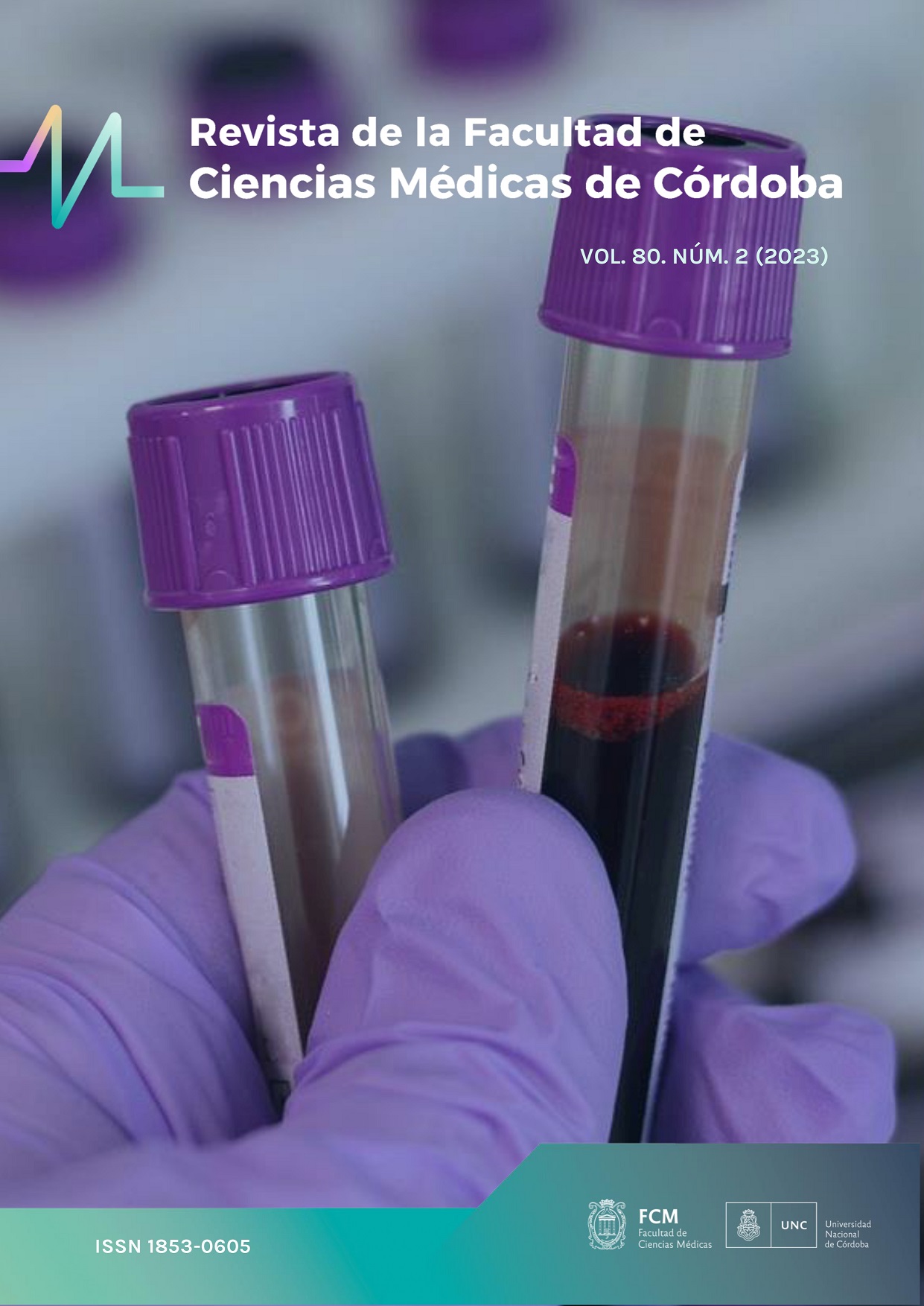Intraepithelial cervical lesions: relationship between cytology and biopsy.
Keywords:
citology, cervical cancer, SIL, HPVAbstract
The International Agency for Research on Cancer estimated for Argentina in 2018 that cervical cancer would take the third place in female cancer, after breast carcinoma and colorrectal cancer. Pap test is the main instrument for early detection. Multiple factors favor the development of this neoplasia, being VPH one of them.
The aim of this study is to state the findings of cervical cytology with diagnosis of low (L-SIL) and high grade (H-SIL) intraepithelial cervical lesion with the corresponding histopathology, and determine age frequency.
A study was carried out of cervix incisional (partial) biopsies and cervical citologies of reports of 5 years (June 2013 to November 2018) carried out in Hospital Nacional de Clínicas.
324 pap smears with diagnosis of intraepithelial cervix lesion (199 L-SIL and 125 H-SIL) were gathered. 81 included a further histopathologic study, being these ones subject of analysis (n=81). 48 out of these were L-SIL (59%) and 33 H-SIL (41%). Regarding the distribution of age frequency, in groups of 20-39 and 40-59 years old L-SIL were predominant, and H-SIL in older than 60 years old. Consistency between the cytologic and histological diagnosis was 53%. In L-SIL was 46% and in H-SIL 64%. These data were analyzed with the Chi-square association test (Pearson Test) and it was considered a level of significance p<0,05. An association was found among the percentage of patients with consistent and inconsistent diagnoses with the type of lesion (<0,001). No significant differences between consistencies and inconsistencies in low-grade lesions (p=0,4) were found, but there were differences among high-grade lesions, with a greater number of matches/consistencies (p<0,01).
The results obtained in our study reveal that cervical citology remains a quick, simple and cheap screening method. In spite of the cito-histological inconsitencies in a great number of cases, it should be noted that in high-grade lesions, where a prompt treatment is required, cytology has a high performance.
Downloads
Downloads
Published
Issue
Section
License
Copyright (c) 2019 Universidad Nacional de Córdoba

This work is licensed under a Creative Commons Attribution-NonCommercial 4.0 International License.
The generation of derivative works is allowed as long as it is not done for commercial purposes. The original work may not be used for commercial purposes.











